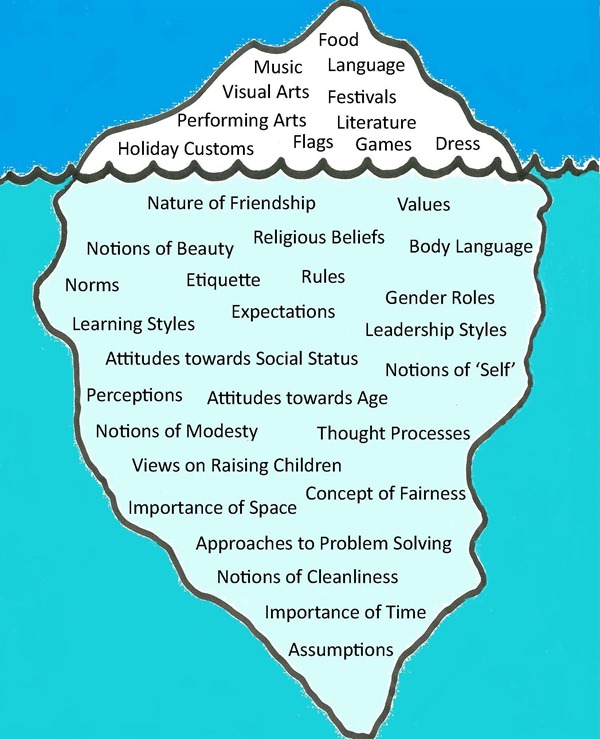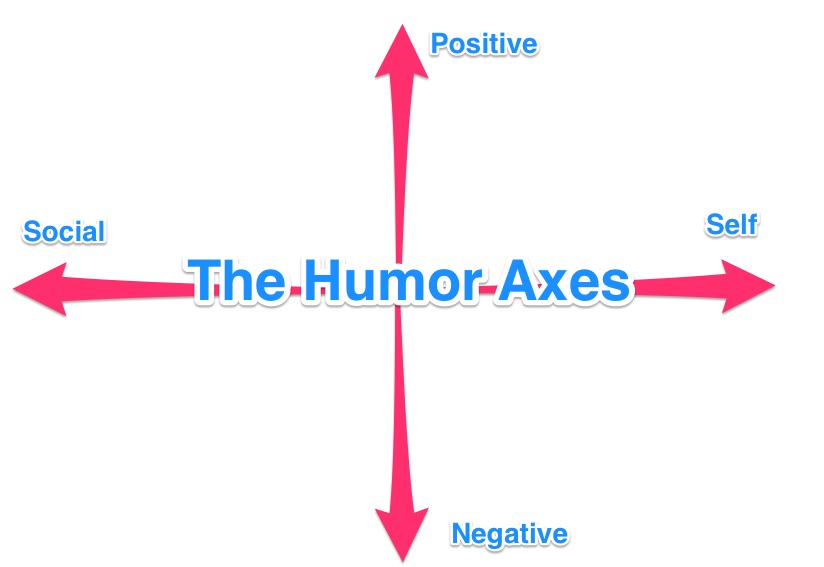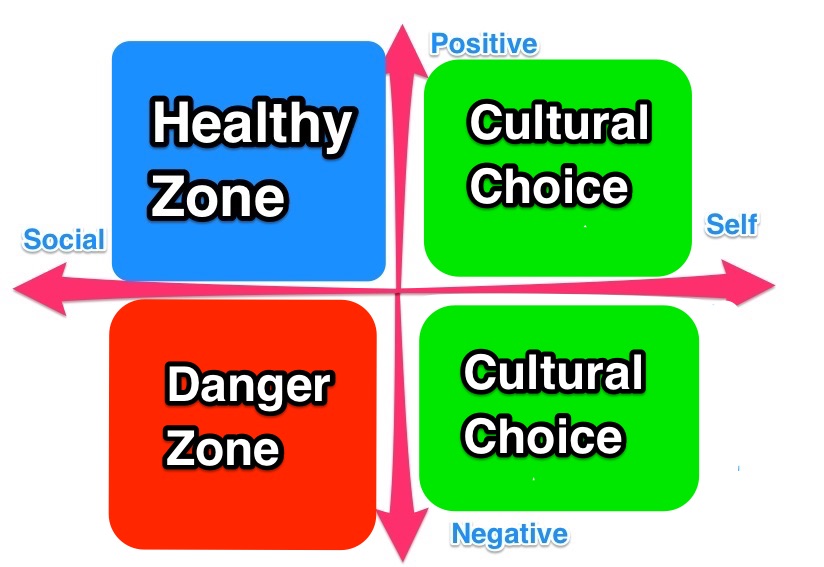Sending great gifs to your co-workers gives you more than just a laugh.
Humor in the workplace benefits:
- Productivity. Humor replenishes your employees and makes them more productive.
- Group Cohesion. Humor can increase a sense of belonging.
- Stress Management. Humor is known for its “cathartic” emotional benefits that release stress.
Creating an office culture of humor can help you cultivate all these benefits. Keep in mind that humor can also go sideways fairly quickly, too. The wrong type of funny can lead to serious HR problems—there’s a thin line between goofy and unprofessional or between delightful and inappropriate.

[source]
You want your company to be a fun place to work, but you also want to make sure that it’s fun for everyone.
Here’s our guide on how to improve office humor that makes everyone feel included and unified.
The Iceberg Theory of Culture: Why Different Jokes Land With Different People
When building a cohesive team, it’s crucial to actively shape the role that humor plays at work. In a case study, the Harvard Business Review presents a scenario where a manager constantly comments on his employee’s height. The comments are good-natured, but she still finds them inappropriate, and they make her uncomfortable.
One of the experts who weighs in explains that their different views might come from the fact that he grew up in Manchester and she grew up in Turkey, and he’s a salesman and she’s an accountant. Manchester sales culture is louder and more free-wheeling, while a Turkish accountant’s environment is likely more reserved.
That’s the Iceberg Theory of culture. You only see the tip of the iceberg—what someone eats, the language they speak, how they dress—but there’s a whole set of hidden values underneath. What one of your employees thinks is impolite, the other could find charming.

[source]
Those cultural differences don’t have to be inter-continental, inter-national or even inter-state to cause issues. Someone from upstate New York had an entirely different upbringing than someone from NYC—so what they find appropriate vs. inappropriate in the professional setting might be different, as well.
This part is important because humor influences hierarchies in the workplace—whether people feel like they’re succeeding or failing, in the in-crowd or left out. These hidden cultural differences can have disastrous unintended consequences ranging from HR disagreements, pervasive unhappiness, and retention issues.
How to Create An Inclusive Humor Culture
To combat these hidden cultural differences, you have to create your own humor culture in the office. Josie Dikkers, the professor at the University of Utrecht, explains that humor in the workplace functions positively in an office when it brings your team together—but that’s different for every team.
To find or identify your team’s humor style, use Dikkers’s model. She breaks humor down into two axes—social vs. self and positive vs. negative—to categorize each type of humor and help you find which type works best for your team.
The Social vs. Self axis is about whether the “funny” element is projected outward or inward—like whether the joke’s on you (the joke-teller), or the joke’s on your colleagues (the joke-receivers). The Positive vs. Negative axis is about whether the joke “builds up” or “tears down.”

Combining these axes, you get four quadrants—four types of jokes.
- Self-Positive. This is a joke about the joke-teller, which holds the joke-teller in a positive light.
- Example of a joke: “I try not to laugh at my own jokes, but we all know I’m hilarious.”
- Are these jokes work-appropriate?: Sometimes. Self-positive jokes build the joke-teller up, but too many and you have to be careful that they don’t put the rest of the office down by omission. But having a self-positive joke culture means that everyone is free to tell these jokes, so they’re less likely to make someone seem self-important.
- Self-Negative. This is a joke about the joke-teller, which holds the joke-teller in a negative light.
- Example of a joke: “I walk two miles a day. One to the donut shop, and one home.”
- Are these jokes work-appropriate?: Sometimes. Self-Negative jokes are linked to high leadership ratings because they make you seem more relatable. But these jokes get risky when someone repeatedly puts themselves down to seek compliments from others. But having a self-negative joke culture means that everyone is free to tell these jokes, rather than one person fishing for compliments.
- Social-Positive. This is a joke about the joke’s audience, which holds the audience in a positive light.
- Example of a joke: “How many programmers does it take to change a lightbulb? None, that’s a hardware problem!”
- Are these jokes work-appropriate?: Always. These jokes bond the team through shared experiences, rather than putting members of the team down.
- Social-Negative. This is a joke about the joke’s audience, which holds the audience in a negative light.
- Example of a joke: “What do you call the difference between an accountant and a lawyer? Accountants know they’re boring.”
- Are these jokes work-appropriate?: Never. They serve no real purpose other than to put people down. There’s no reason to risk alienating someone through social-negative humor.

It’s up to you to decide whether Self-Positive or Self-Negative is affiliative for your company culture. Use this framework to think about the types of jokes that unite your team—and build your culture from there.
Foster Affiliative Humor in Your Company Culture for Productivity
Whatever humor you decide fits, as a manager, you’re a model for behavior at your company. You can consider humor styles in your hiring processes, laugh at the jokes you appreciate and frown at (or say something about) the ones you don’t approve of.
Reap those humor benefits—productivity, group cohesion and stress relief—by being the “funny” you wish to see at your startup.
